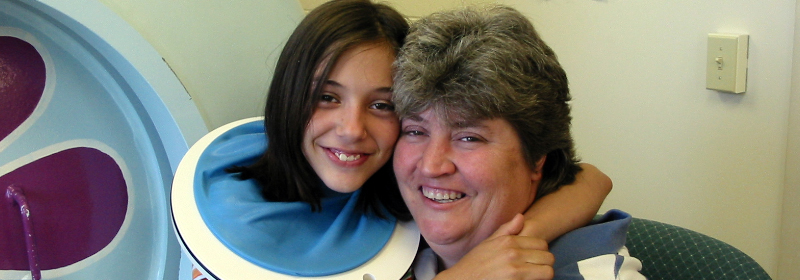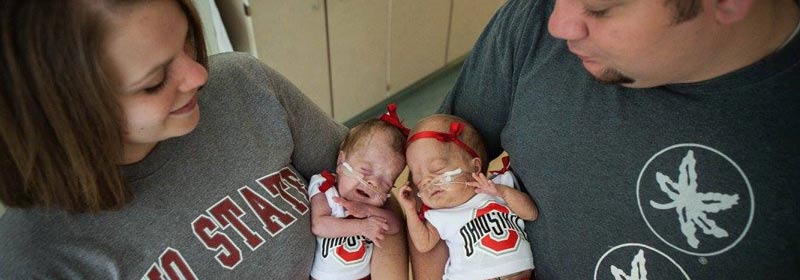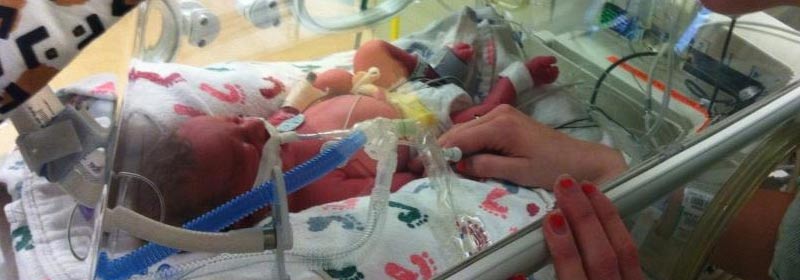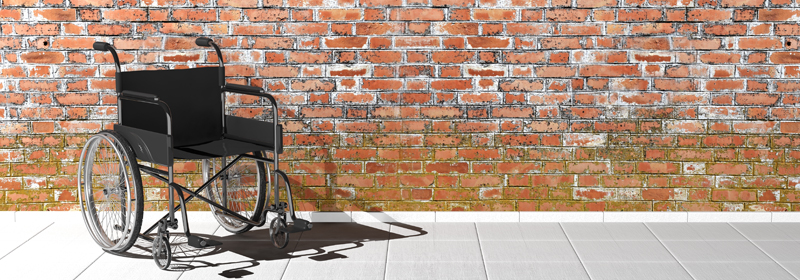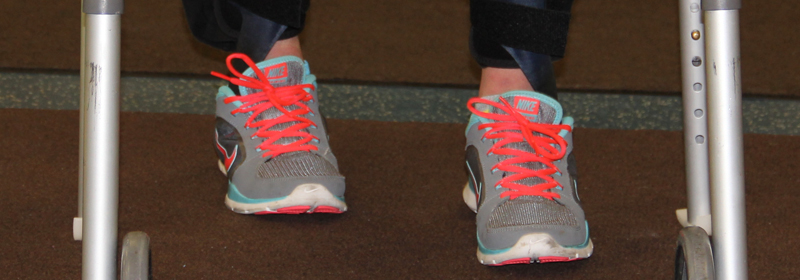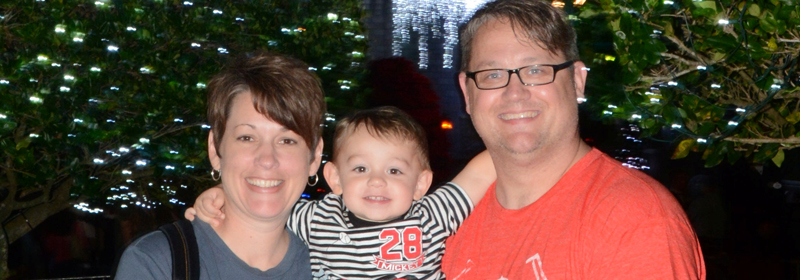What If?
Andrew and Ashley had always envisioned children in their family’s future (although the exact number was always up for debate). After being married a little over a year, they decided they were ready to start their family. Unfortunately, it wasn’t as easy as they had always dreamed. After months of trying to conceive, they were finally blessed with the great news that a little one was on the way. Unfortunately, the happiness was short-lived. Ashley lost the baby early on in the pregnancy. After a time of healing and processing, they decided it was time to try again. After what seemed like a lifetime, their prayers were answered and they were once again expecting a little one!
This time, Ashley’s pregnancy was pretty textbook. They were encouraged by the positive news they received at every doctor’s appointment. The baby’s growth was looking great, and every new ultrasound showed what Andrew and Ashley believed to be the cutest baby ever. The only concern the doctor expressed was that the baby was breech, but he felt that there was plenty time and enough space for the baby to turn itself.
Everything changed on the morning of July 24, 2016, one month before the baby was due. Ashley was awakened by a big kick and a sensation that she needed to go to the bathroom. When she got out of bed, she realized that her water had broken but wasn’t experiencing any contractions or pain. She could tell that something was wrong. Andrew realized that the umbilical cord had prolapsed and knew he needed to get Ashley to the hospital immediately.
Fortunately, Andrew and Ashley lived only a mile away from an ambulatory care facility so Andrew took her there. Upon arrival, Ashley was rushed back into a room where the attending doctor was able to put the cord back in. He attempted to hold pressure to allow the baby to receive some much-needed oxygen. From there, Ashley was rushed to the hospital by ambulance where the on-call OB/GYN was ready to perform an emergency c-section.
Within three minutes of arriving at the hospital, Peyton Jane Goecke was born…without a heartbeat. For the first eight minutes of her life, a team of doctors tried to revive her while her parents prayed earnestly for her survival. In the ninth minute, they finally succeeded. Because of her traumatic entrance into the world, Peyton was deprived of oxygen for an estimated 40 minutes before birth.
Once Peyton was breathing (with the assistance of machines), she was transferred by air to a children’s hospital to receive specialized care. Because she was without oxygen for so long, the doctors were certain that Peyton had suffered severe brain damage. The outlook was not bright. She was placed on a cooling-bed for 72 hours in an attempt to give her time to slowly heal and prevent any further brain damage. After her time on the cooling bed, MRI scans were not positive and everyone feared the worst. Peyton’s doctors had the ill-fated task of informing Andrew and Amy that their future with Peyton would not look like the picture they had been envisioning. They were told that she had suffered severe brain damage and that she may never breathe, eat, walk or talk on her own. They were even told prepare themselves to make life and death decisions regarding their precious baby girl.
Throughout this entire time, Andrew and Ashley stayed positive and believed that their little girl would pull through and be the miracle they knew she already was. As the days went by, Peyton continued to grow stronger and showed the doctors that she was going to survive and thrive! While Peyton was able to breathe on her own, she still did need a little help eating. After 65 days in the NICU, Peyton was finally released and was able to come home on her parents 3rd wedding anniversary!
Andrew and Ashley knew they would still have obstacles to overcome and that Peyton would need more help. However, they were determined they would move mountains to give Peyton the best shot at an amazing life. Through conversations with his co-workers, Andrew learned about Hyperbaric Oxygen Therapy (HBOT) at Sara’s Garden. After doing countless hours of research, Andrew and Ashley decided that if they didn’t try HBOT they might always wonder “What if?”… so, in November 2017, Peyton started her first round of HBOT treatments.
After only the first day of treatment, Andrew and Ashley saw an immediate difference in Peyton’s temperament. Prior to HBOT, Peyton was fussy 90% of the time if someone wasn’t holding her. After her first day of treatment, she enjoyed laying on her play mat, looking around and moving her arms. Prior to treatment, Peyton also hated her car seat and would scream the entire time she was in it…whether that was for five minutes or two hours. Surprisingly, after her first day of treatment, she suddenly wasn’t so upset about being put in it. Additionally, the tightness in her hands decreased, she was tracking and following just about everyone that walked into a room, and even her sucking got stronger.
Following Peyton’s first round of forty HBOT treatments, Andrew and Ashley were very encouraged by what they saw. They were looking forward to another round to see what else Peyton would gain. In February 2017, Peyton started her next round of treatments. Throughout this round, Peyton continued to gain strength and even started to become nosy, paying attention to everyone and wanting to be the center of attention all the time. She has become more social, smiles all the time, and has even started to coo.
Thanks to Hyperbaric Oxygen Therapy at Sara’s Garden, Peyton has made gains that her parents were once told were not possible. Andrew and Ashley have plans to continue on with Hyperbaric Oxygen Therapy. They also plan to begin Conductive Education services at Sara’s Garden to help give Peyton the best shot possible at an independent life. Andrew and Ashley know that Peyton is a miracle, and they have truly been blessed by her! They cannot wait to see what the future holds for such an amazing little girl!
No matter what you’ve been told, there is hope… for this and many other conditions. HBOT is treatment without drugs… without surgery… without pain.




